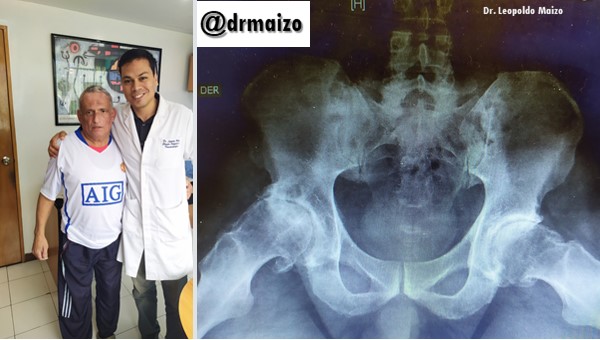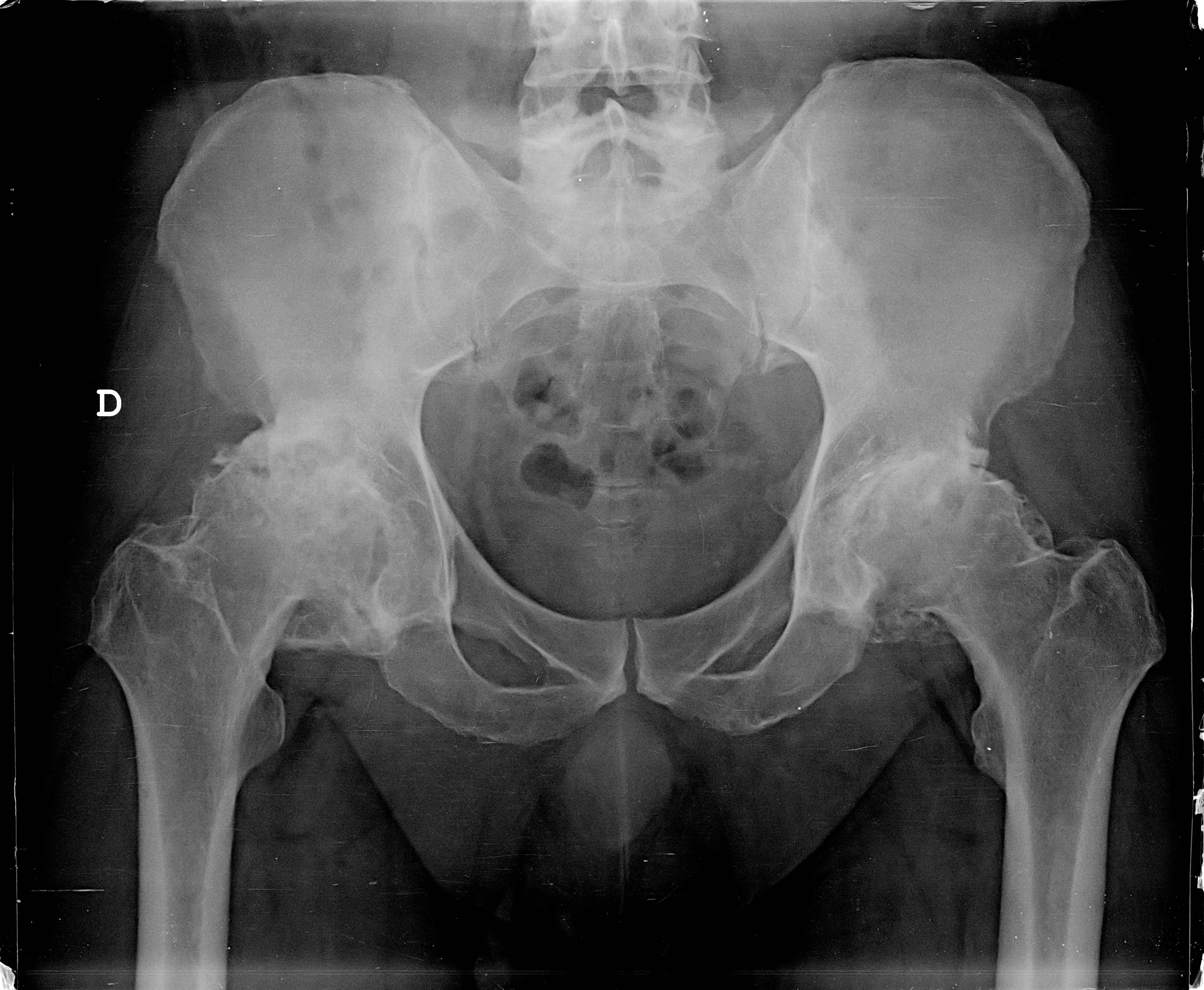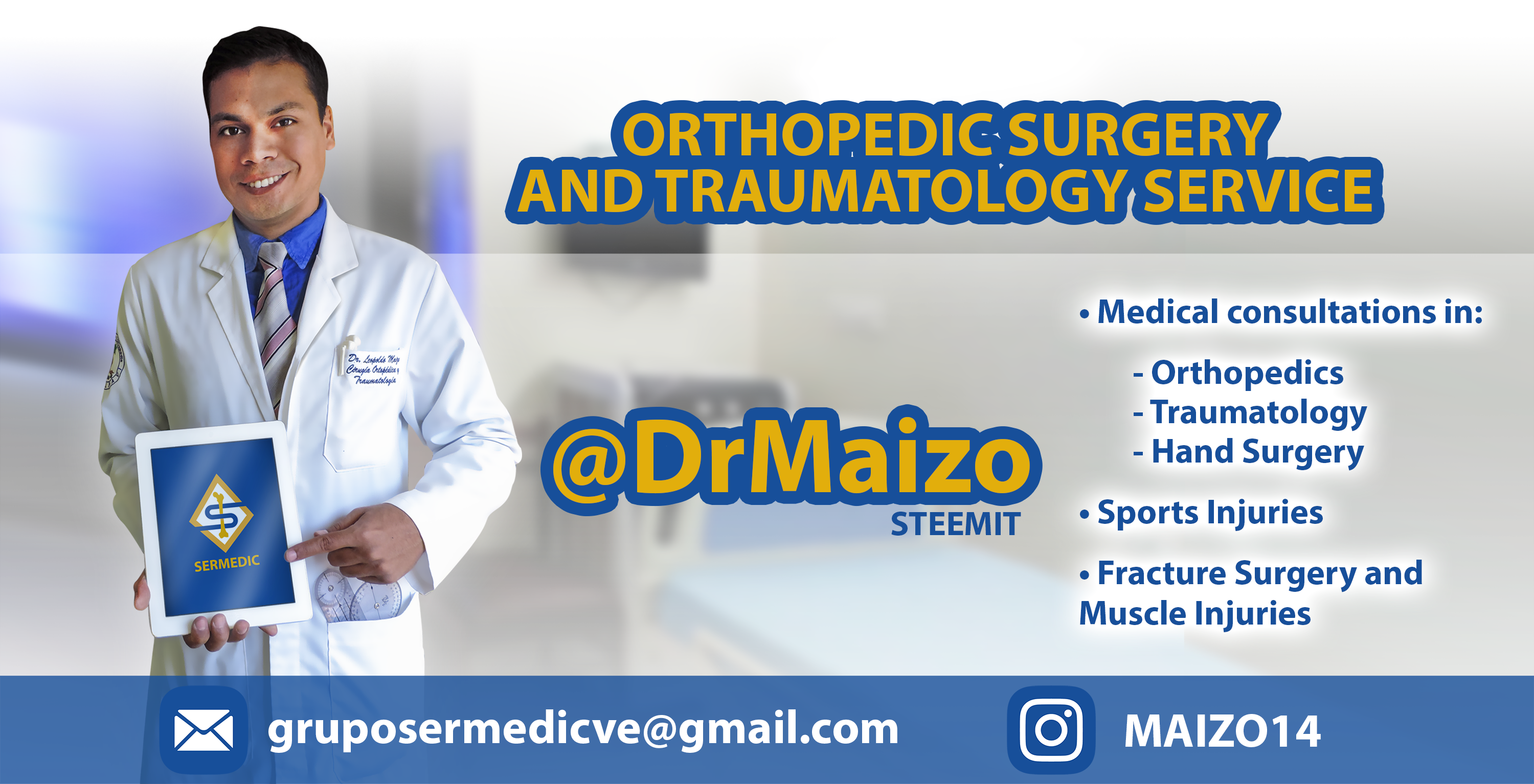
Reduce Risks
After the placement of a prosthesis, among the risks to avoid are falls and dislocations. If the patient is able to spend the post-operative period at home, it is necessary to reorganize the rooms. Although few things are necessary, among them there should be a "firm, comfortable and high" seat that allows the knees to be slightly lower than the hips; a chair that facilitates hygiene in the shower or bathtub and a supplement for the toilet. Another basic issue is to eliminate obstacles such as objects on the floor and annoying furniture, bearing in mind that tools such as crutches, canes or walkers will be necessary. And ensure that there is good lighting that allows good visibility to the patient. Reducing the risk of prosthetic dislocation requires learning how to perform the movements. It is advisable not to cross the legs, not to bend the hips beyond 90 degrees, not to make excessive turns of the feet, to make block movements without hyperflexion of the hip and without extreme postures of the intervened limb. At bedtime, use a pillow between your legs and sleep on your back for about two months.

Other Risks
Another serious risk is infection, to which patients with fractures are more vulnerable due to their fragile situation. Hip surgery involves a major surgical wound and requires cures to be carried out by specialised staff in sterile conditions. Once the stitches have been removed, cleaning with neutral soap is recommended. Signs of infection, such as redness of the wound, fever or drainage of fluid, should be monitored and, if detected, reported immediately. An inherent danger of surgery is thromboembolism, for which drugs are prescribed and strong compression elastic stockings are indicated, which also reduce edema. Intermittent pneumatic compression devices may also be used.
https://cdn.steemitimages.com/DQmS6HSvNp668n3yzy51FUy1syNMjxiVCggTXToxEYF8NFc/IMG_20190906_121822.jpg




.png)